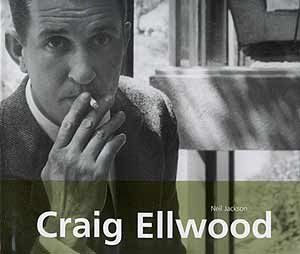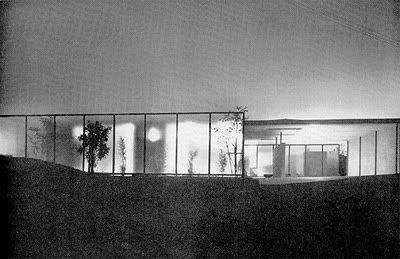Ellwood Blues
I ceased my project of the intellectual interlocking with this group because I believed that all the views had been entirely exchanged. But now I realize that I was wrong, and there is something more to be known as in this conversation.
It is the question of the Modernism of southern
But in the south Modernism was different. Its aesthetic achievements cannot be denied - houses of case study, larger projects inspired, moments of transcendent beauty - all command of respect. But they are held invariably in insulation, always neighbors of lesser work, alone in an arbitrary urban landscape ('junkspace').

I cannot say to you much about him, because not much is known. His name was not really Craig Ellwood. He was nobody to start, the child of a migrating hairdresser, working as estimator of building. He changed his name, he made some houses, he bought Ferrari, and put “VROOM” of the license plate. He spoke at Yale. If you were rich in

Ellwood did not play another man’s game. He built modern materials, he was the first builder to frame out of steel, always a stage ahead. And this guy is right - Ellwood taught us houses are machines for dreaming in.


2 Comments:
This comment has been removed by a blog administrator.
These buildings are beautiful in the way any glass cube is beautiful, that is to say until they are infested with living people, when the building becomes cold, hostile, and brutishly geometric.
I was going to say something in about modernist architecture remaining, in this example, an hegemonic ideology very distinct from modernist movements in all other arts, and having a quality of plastic, that is, losing it's aesthetic integrity the moment the building ages; that like some painting four decades(futurism), modernism in architecture, with its almost violent desire to wipe away the past, had uncritical associations with corporatism, Stalinism and out and out fascism (see Phillip Johnson), that that even today, as architecture struggles mightily to relearn forms developed in past ages, outside suggestions that architects incoporate any grace or beauty associated with classical form meets with active hostility, but I lost the comment due to computer errors.
Post a Comment
<< Home